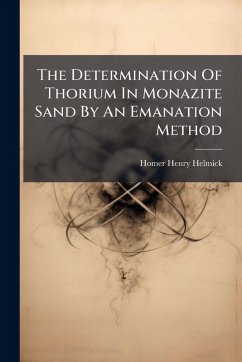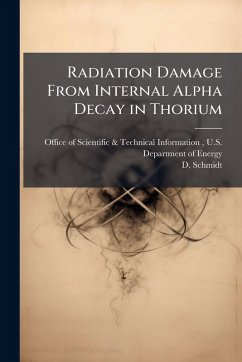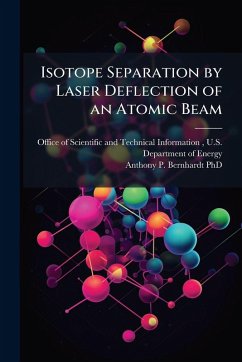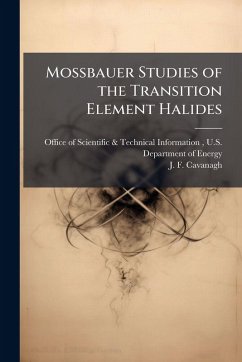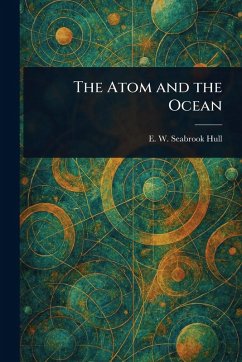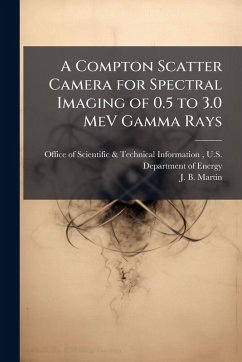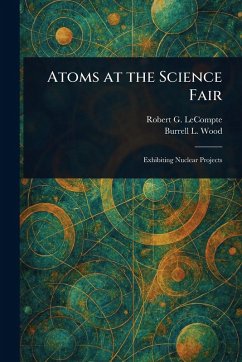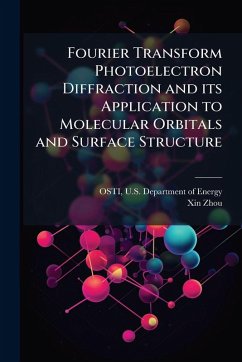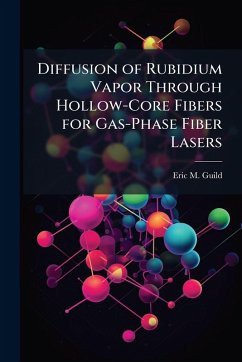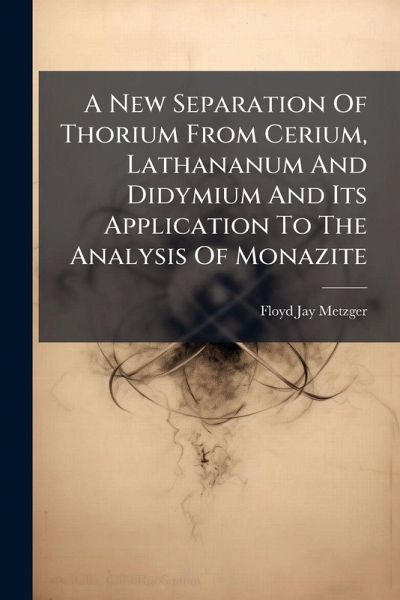
A New Separation Of Thorium From Cerium, Lathananum And Didymium And Its Application To The Analysis Of Monazite
Versandkostenfrei!
Versandfertig in über 4 Wochen
14,99 €
inkl. MwSt.
Weitere Ausgaben:

PAYBACK Punkte
7 °P sammeln!
"A New Separation Of Thorium From Cerium, Lanthanum And Didymium And Its Application To The Analysis Of Monazite" presents a detailed investigation into a novel method for separating thorium from other rare earth elements. Authored by Floyd Jay Metzger, this scientific work delves into the intricacies of chemical separation techniques, specifically focusing on isolating thorium from cerium, lanthanum, and didymium. The study highlights the application of this new separation method to the analysis of monazite, a phosphate mineral containing rare earth elements. This research is valuable for sci...
"A New Separation Of Thorium From Cerium, Lanthanum And Didymium And Its Application To The Analysis Of Monazite" presents a detailed investigation into a novel method for separating thorium from other rare earth elements. Authored by Floyd Jay Metzger, this scientific work delves into the intricacies of chemical separation techniques, specifically focusing on isolating thorium from cerium, lanthanum, and didymium. The study highlights the application of this new separation method to the analysis of monazite, a phosphate mineral containing rare earth elements. This research is valuable for scientists and engineers involved in nuclear chemistry, inorganic chemistry, and chemical engineering. The book offers insights into advanced analytical methodologies and contributes to the understanding of rare earth element processing and analysis. This work has been selected by scholars as being culturally important, and is part of the knowledge base of civilization as we know it. This work was reproduced from the original artifact, and remains as true to the original work as possible. Therefore, you will see the original copyright references, library stamps (as most of these works have been housed in our most important libraries around the world), and other notations in the work. This work is in the public domain in the United States of America, and possibly other nations. Within the United States, you may freely copy and distribute this work, as no entity (individual or corporate) has a copyright on the body of the work. As a reproduction of a historical artifact, this work may contain missing or blurred pages, poor pictures, errant marks, etc. Scholars believe, and we concur, that this work is important enough to be preserved, reproduced, and made generally available to the public. We appreciate your support of the preservation process, and thank you for being an important part of keeping this knowledge alive and relevant.



